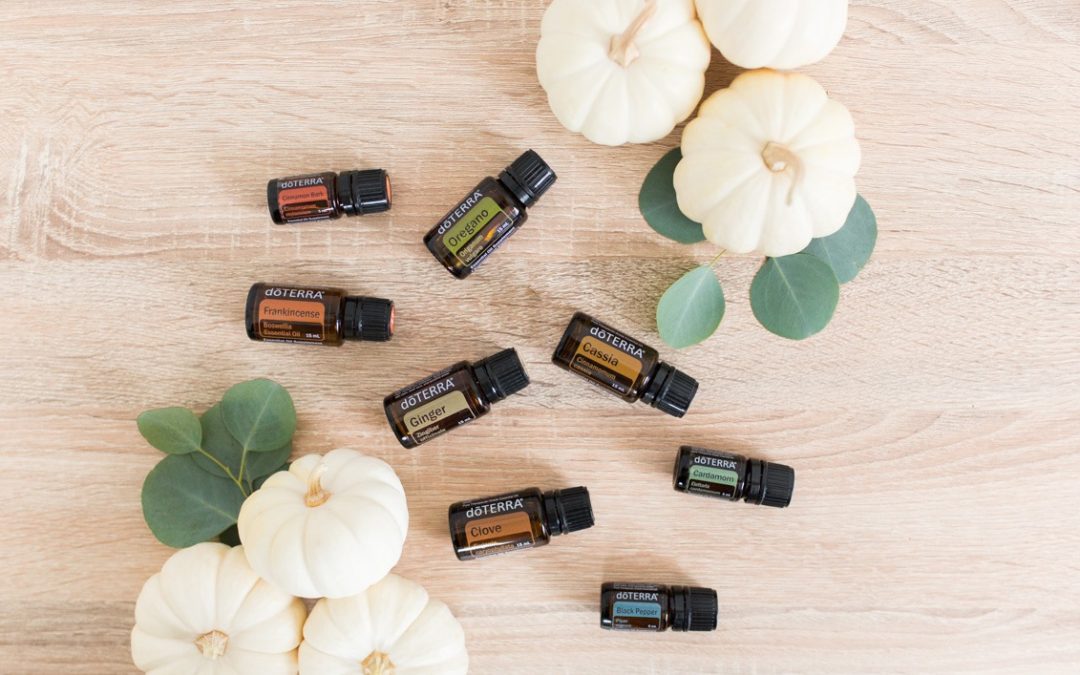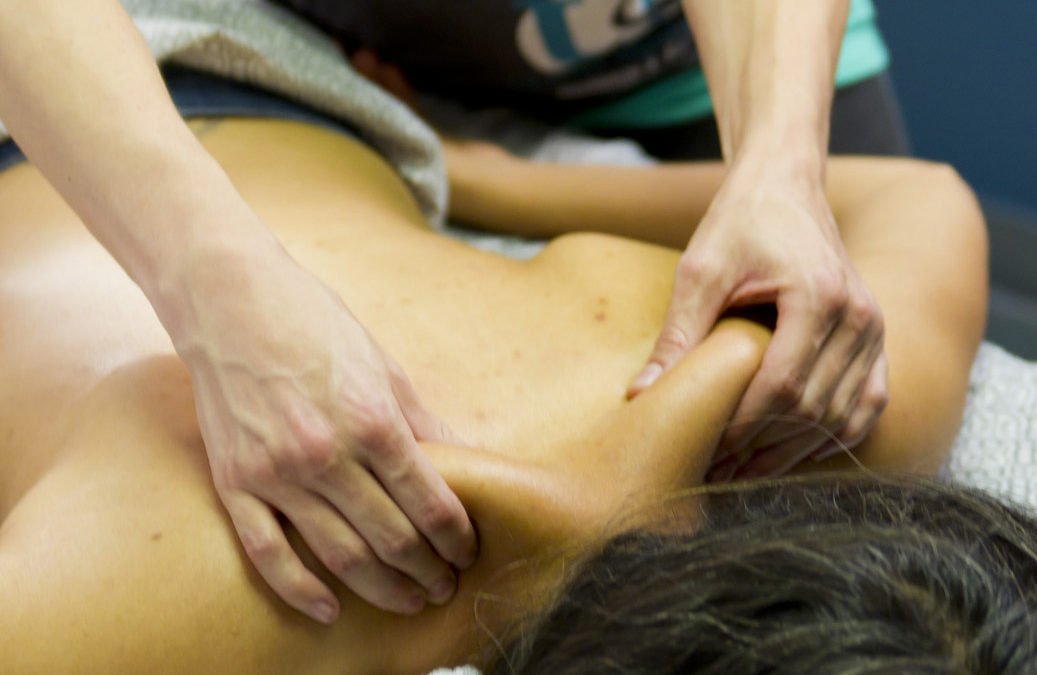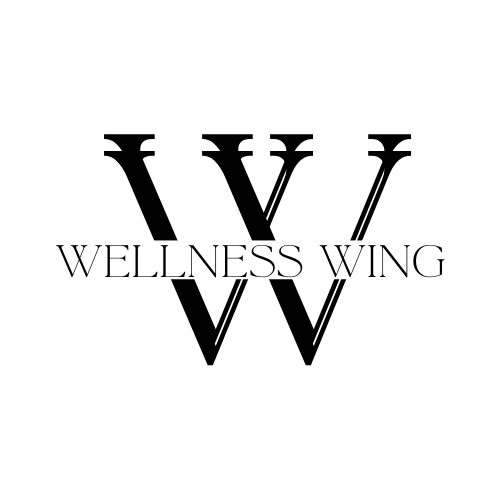
by UrbanSqueezeWeb | Jan 3, 2018 | Essential Oils
One of the biggest advantages (and perks) to using essential oils is that there are so many to choose from – a multitude of plants and ingredients, different ways to utilize them, and various benefits from each option. Having this abundance is great for consumers but does bring its own challenges. With so many choices how does someone find a true, high-quality essential oil?
First, understand that essential oils typically aren’t regulated by the Food and Drug Administration (FDA). The FDA considers these products to be cosmetic and, therefore, doesn’t approve or regulate this industry. Therefore, it’s imperative that you take the time to research your essential oil company. How are their products made? Where are their ingredients sourced? How transparent are they about their production process? What sort of online reviews are available for their products? You definitely need to dedicate the time to doing the research before investing in an oil.
When you break down the components of an essential oil bottle what you should find are concentrated amounts of specific plants (processed through distillation) diluted in a carrier oil.
Now that we’ve covered the basics, here is a breakdown of what to look into to determine a level of quality.
Ingredients: It may seem obvious, but plants grown in an environment free of pesticides and other chemicals is naturally a quality improvement. Also, the area where the ingredients are grown in terms of environment, soil quality, and weather will also make an impact. An essential oil company that cares about the quality of its product will source their plants from all over the globe, keeping an eye for where the crop grows best and how it is cared for and harvested.
Process: The process for distilling the oils into a liquid form is a science. Some people do it in their kitchens while large companies have a processing plant to make the work more efficient. Don’t be afraid to ask a company how their oils are processed. How much dilution is involved? Do they add any additional ingredients during dilution?
Storage: How and where oils are stored is also improvement. Exposure to heat, or light, oxygen may cause the products to lose their quality. After processing the oils, where are they stored? Ideally they are in containers of dark glass and stored in a cool place. Each bottle should be marked with a date to keep track of how long it’s been stored.
Shipping: The same quality issues that come up with storage will apply to shipping. Oils that are exposed to the elements for any length of time will definitely lose their quality. How does the company manage their shipping to ensure products are delivered in the best possible condition?
In an ideal situation, your essential oils would start with organic, natural agricultural processes and then harvested, stored and shipped while keeping in mind that the oil’s benefits will be directly impacted by exposure. Purity is also important so the liquid should be 100% of the main ingredient(s) combined with the carrier oil and should be labeled properly if anything else has been added. Pay attention to price as well. As with anything, the lower the price point – the less likely that the product was made with quality in mind.
by UrbanSqueezeWeb | Jan 3, 2018 | Facials, Massage
 Is stress part of your regular day? If you’re like 89% of Americans, it is. In 2017, there has been a decline in self-care and that has resulted in some alarming figures related to health. What if I told you that massage and facial therapies are quick and effective at helping you ease your stress?
Is stress part of your regular day? If you’re like 89% of Americans, it is. In 2017, there has been a decline in self-care and that has resulted in some alarming figures related to health. What if I told you that massage and facial therapies are quick and effective at helping you ease your stress?
Massage, alone, has been proven to increase sleep quality, improve stress-related health problems, reduce absenteeism from work, and decrease the likelihood of hospitalizations due to stress-related illnesses. Couple that with the decrease of stress-related headaches that facials provide, and you’ve got a winning combination for self-care that can’t be beaten.
Heat from a hot tub, sauna, or other treatment options can soothe aches and pains that come from work, joint pain, or other health conditions that leave you sore and stiff. Massages and facials can improve blood circulation and also enhance your immune system. They can also detoxify the body.
It’s nothing mysterious. Facials remove bacteria from the skin and built up waste. They can release stress tension in the face and neck which can help prevent migraines and other types of headaches. The right kind of touch can ease the mind and spirit while making your skin shine with natural health and beauty.
Massage therapy goes a bit deeper. It stimulates the body so that it can draw out metabolic waste, toxins, bacteria, and other waste buildups in the muscles. Have you noticed that sore muscles feel better after you rub them? Massage will break up those waste products that inflame the nerves around them, allowing them to flow from your body in a natural way.
The health benefits extend to mental health, as well. Massage can increase levels of serotonin and dopamine, the feel-good hormones. The power of touch is greater than we’ve ever imagined. Recent research concluded that chronic pain sufferers, those suffering from depression or stress-related health issues, and combat veterans suffering from PTSD have seen incredible improvements on their overall mental health and energy levels after finding a massage style that worked for them.
Our massages range from 30 minutes to a 120-minute deep relaxation therapy designed with your needs in mind. We have additional options, as well. The heated deep tissue bamboo massage does incredible deep-tissue work for improved circulation, sensory nerve perception, and lymphatic drainage. Our AromaTouch technique uses eight specific therapeutic grade essential oils applied with very specific motions to promote relaxation and balance in the simple nervous system. Thai Yoga massage is a bodywork massage that uses point pressure, yoga-like stretching and more to invigorate the body. Myofascial Release is essential for increasing range-of-motion and reducing pain in the myofascial connective tissues. Our chronic pain clients find the Neuromuscular Massage to be extremely effective in managing their pain. It’s also very effective for some post-surgical care situations and injuries to help improve recovery and prevent future injuries.
Make 2018 the year of self-care and add massages and/or facials to your regular health regiment. Your heart, mind, and body will thank you for it.
by UrbanSqueezeWeb | Jan 3, 2018 | Massage
 Are you hitting the gym hard this year? While you’re putting your body through the paces, remember that recovery is an essential part of your workout routine. Your muscles rebuild what’s been broken down during exercise. That’s how we increase our endurance and strength.
Are you hitting the gym hard this year? While you’re putting your body through the paces, remember that recovery is an essential part of your workout routine. Your muscles rebuild what’s been broken down during exercise. That’s how we increase our endurance and strength.
Massage can be used before, during, or after your exercise. It’s been known to reduce muscle tension and pain, lower blood pressure, increase lymphatic flow (our heated deep tissue bamboo massage works great for that), and increase active range of motion. The best part of all is that it can improve recovery time.
The Journal of Sports Sciences recently conducted research on the effect of massage on muscle soreness, perceived recovery, and physical performance in male bodybuilders. Their research concluded that post-exercise massage (after an intense workout) can “improve exercise performance and recovery rate”. This was proven for runners and sports athletes as well. One test was conducted on highly trained and successful soccer players. A spa treatment that included massage was part of the study. They found that massage was an effective recovery intervention for athletes, increasing running performance and sprinting performance between games.
Whether you’re a sports and exercise enthusiast or completely new to the gym, there is solid research that shows a positive relationship between your body and massage as part of your recovery. Massage can:
- Reduce muscle tension
- Increase relaxation
- Support recovery of the muscles
- Enhance athletic performance
- Prevent injuries
- Increase range-of-motion
- Decrease muscle stiffness and soreness after exercise
- Improve soft tissue function
- Improve exercise performance
- Reduce swelling (inflammation)
- Improve sleep patterns
- Support the recovery of heart rate and blood pressure after high-intensity exercise
- Improves blood flow
- Increase flexibility
- Give you a boost of endorphins that help balance the mind and reduce stress
A regular massage program can build a cumulative effect. The more often you receive them, the more advantages you’ll get. A note for intense athletes: if you want to do a pre-event massage, schedule it three to five days before the event to reap the flexibility rewards.
Taking care of your body is about more than going to the gym. It includes recovery and self-care. You’re working hard out there. Let’s help your body recover so you can get back to it and push it a little harder next time. From pro athletes to first-time gym-goers, there’s no doubt that massage can take your workout to the next level.
First time visitor to the Wellness Collective? Check out our New Client Services offer for the 60, 90, or 120 minute sports massages on our booking page.

by UrbanSqueezeWeb | Dec 1, 2017 | Massage
Anyone who has had a massage will agree that it was relaxing and they felt better than when they arrived. So why not have one on a regular basis? It may simply look like a lot of pressing and kneading on skin, but massage is actually a scientific process. The reason you feel different after a massage is because it is healing and invigorating tired, aching or injured muscles. Massage could aid recovery, prevent and eliminate injuries, reduce stress and even enhance metabolism and circulation. Many look at massages as a luxury item, but it should be considered as part of a wellness plan.
Here are just a few of the benefits of getting regular massages:
- Massage Reduces Stress. Stress is a common trigger of many illnesses and diseases, so it’s important to find ways to reduce our stress levels. Getting regular massages is a great stress reliever. Massage therapy reduces cortisol levels, and increases levels of serotonin and dopamine (also known as the “happy hormones”). Not only that, but getting a massage takes you out of the chaos of your day-to-day life and forces you to relax and take some time for yourself.
- Massage Enhances Immunity. Studies have shown that massage actually increases white blood cell count. Massage also increases blood and lymph circulation, which is very important for overall immune system health. The lymphatic system is responsible for trapping and eliminating bacteria and toxins from our bodies.
- Massage Reduces the Effects of Long Spent Sitting. The average American spends 8-9 hours of their day sitting–between the time spent sitting at their desk and time spent behind the wheel of your car. It’s widely known that sitting in these positions causes distress in your muscles. It affects your posture, and overstretches both upper and lower back muscles, weakening them. Regular massage can help counteract some of this damage and reduce neck and back pain.
- Massage Helps You Manage Anxiety and Depression. Massage therapy can be used as part of your overall treatment plan to manage disorders like depression or anxiety. Massage is soothing, nurturing and relaxing. It can improve your state of mind if you concentrate on releasing negative thoughts during the treatment. You can incorporate visualization exercises into your massage therapy, too.
- Massage Improves Sleep. Not only can massage encourage a restful sleep, it also helps people who can’t otherwise comfortably rest. It releases tension and pain in your muscles which allows you to be more comfortable at bedtime.
Remember, your body strives to maintain optimum health by keeping all of its systems in balance. Along with proper nutrition, exercise and rest, massage relaxes tense muscles and stimulates the body’s communication lines to help it do its job — and to keep you feeling your best.
by UrbanSqueezeWeb | Dec 1, 2017 | Massage
 Massage is the simplest and oldest form of medical care. Professional therapeutic massage is an age-old healing art, which alleviates physical, mental and emotional ailments. It is important to know that there are different types of massages, and not every type of massage is right for every individual. Understanding the differences in each method will help you choose the most effective technique to alleviate your discomfort.
Massage is the simplest and oldest form of medical care. Professional therapeutic massage is an age-old healing art, which alleviates physical, mental and emotional ailments. It is important to know that there are different types of massages, and not every type of massage is right for every individual. Understanding the differences in each method will help you choose the most effective technique to alleviate your discomfort.
- Swedish Massage Therapy – The standard type of massage offered in most clinics, gyms, spas, and wellness centers, Swedish massage is the method that most people envision when they think of massage therapy. It focuses on improving blood flow to the skin and muscle and removing muscle tension. Swedish provides generalized relaxation, improves circulation, lowers blood pressure, reduces stress and enhances one’s overall state of health. Using lotion or oil, massage therapists typically begin with broad general strokes and then transition to targeting specific problem areas.
- Deep Tissue Massage – Uses slow friction and deep finger pressure on areas suffering from chronic muscle tension or areas that ache or feel contracted. This type of massage is useful for areas of hypertension, such as a stiff neck or sore shoulders. The pressure of deep tissue is generally more intense than that of a Swedish massage, but it shouldn’t have to be painful to be effective. If you’re experiencing pain, let your massage therapist know right away.
- Reflexology – The therapist uses finger pressure and techniques such as kneading and rubbing to promote relaxation and healing in the body. Reflexology is based on “reflex areas” on the hands and feet, whose energy is believed to be connected to organs and other body parts. By applying pressure to the reflex points, the reflexologist can balance your nervous system and stimulate endorphins, the body’s natural pleasure response, which reduces stress and discomfort. This can be a deeply relaxing therapy, especially if you stand all day or have tired, achy feet. You remove your shoes and socks but otherwise remain clothed.
- Hot Stone Massage – Hot stone massage uses warm stones placed on specific points on the body and the therapist can also hold the warm stones while giving the massage. The stones are usually basalt (a volcanic rock that retains heat well). The warmth of the stones can be relaxing and can loosen tight muscles so that the therapist can reach areas of muscle tension quickly. If you have certain medical conditions such as high blood pressure, diabetes, or heart disease, it is advised to refrain from this type of massage.
- Aromatherapy Massage – An aromatherapy massage is a Swedish massage with essential oils added to the massage oil. Although oils may be selected to address specific needs, the therapist typically uses pre-blended oils to relax, energize, or uplift. The soothing effects of aromatherapy massage can benefit a variety of conditions, including headaches, insomnia, certain digestive disorders, and even premenstrual symptoms. Before receiving an aromatherapy massage, make sure you’re not allergic to any of the plants used in the oils, since they may cause a reaction on the skin.
When you are looking for massage therapy, be sure to check which type of massage methods a practitioner can provide. You want a method that addresses your reason for getting massage. Understanding the different types of massage can help you find the right fit for your needs.


 Is stress part of your regular day? If you’re like 89% of Americans, it is. In 2017, there has been a decline in self-care and that has resulted in some alarming figures related to health. What if I told you that massage and facial therapies are quick and effective at helping you ease your stress?
Is stress part of your regular day? If you’re like 89% of Americans, it is. In 2017, there has been a decline in self-care and that has resulted in some alarming figures related to health. What if I told you that massage and facial therapies are quick and effective at helping you ease your stress?  Are you hitting the gym hard this year? While you’re putting your body through the paces, remember that recovery is an essential part of your workout routine. Your muscles rebuild what’s been broken down during exercise. That’s how we increase our endurance and strength.
Are you hitting the gym hard this year? While you’re putting your body through the paces, remember that recovery is an essential part of your workout routine. Your muscles rebuild what’s been broken down during exercise. That’s how we increase our endurance and strength. 
